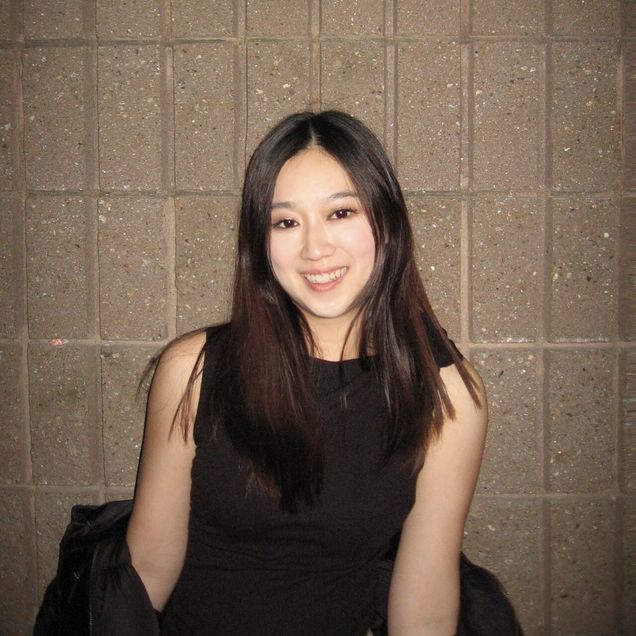Biyao (Katie) Yu (CAS’24) has been exploring Asian art and its history for the past four years at the Boston University College of Arts & Sciences.

Originally from Shanghai, China, Yu came to BU to pursue an art history degree as the first step in her career as an art historian. On campus, Yu is the vice president of Boston University Art History Association, a student organization that meets to discuss hot topics in the art world. She also organized field trips and gathered students who are interested in art history.
She recently wrote an article for the Chinese art social media outlet Art Market Journal, “How can Western museums continue to develop their collections of Asian artifacts?”, in which Yu offers her critical perspective on differences between art institutions in East Asia and the Western world. The article explores historical background, influence and development of Chinese art collections at the Museum of Fine Arts in Boston. Yu commented on limitations in space and audio guide when exhibiting these collections, such as “Gallery of Song Dynasty” and “The Weng Family Collection of Chinese Paintings: Art Rocks.”
After graduation, Yu is moving to London, England, to continue exploring contemporary Chinese art. She plans to pursue a master’s degree at The Courtauld Institute of Art.
Arts & Sciences caught up with Katie Yu, who is majoring in art history and minoring in arts leadership.
Interview responses have been edited for clarity.
Arts & Sciences: What made you want to major in art history?
Yu: Many students might find art history intimidating because it involves a vast array of time periods, cultures, and artistic expressions, which can be overwhelming at first. But I think when you learn art history and get really into it, you have training to extract information from the visual details. In our courses, we have to learn this methodology. Also, with the expression idea of white-cube style exhibition space and museums which are usually seen as a palace of art and sacred, I’m referring to classic art here, it has been placed to a higher position and representation.
Tell us about the BU Art History Association?
We organize museum and gallery visits, career info sessions, and watch parties. We also have field trips to different museums around Massachusetts and near states each semester. Last semester, we went to the RISD Museum in Providence, Rhode Island. We went to the Isabella Stewart Gardner Museum, here in Boston. This semester, we are going to MASS MoCA in North Adams, Massachusetts.
Who was your favorite professor?
In my department, I think the professors really care about students. My favorite has been Professor Gregory Williams— he is my professor for contemporary art class, CAS AH 393 “Contemporary Art: 1980-Now.” Also, he is an advisor to our organization. He is so nice, and we even talk about my postgraduate plans and he gives me advice. The class aligns with my interest in hybrid art, which means art works that combine elements from different disciplines, cultures, etc. The multicultural background is also attractive to me the most.
What does it mean to you to have a publication in an art magazine?
I really appreciate that Art Market Journal accepted my request for the article. This was my final paper for AH520, “The Museum and The Historical Agency” class taught by Professor Melanie Hall. This paper is my first time researching contemporary Asian art, of its style, visual details. I also focused on how Western art institutes view Asian art. In the future, I want to become a curator to help Western art organizations and projects to present art in a more comprehensive way.
How does your background as an international student from China influence your interest in art?
These days, there are many comments and many changes in doing art work. The art world is currently experiencing rapid changes due to globalization, technology, and social media. Artists now have more platforms to showcase their work and receive immediate feedback. The Western view of China and Chinese artists has also changed. So I think right now, Western world is paying more attention to Chinese artists. And because the U.S. has focused on hybrid art for many years, Asian American artists in the U.S. can show their really fabulous artworks. As an international student who was born and raised in Shanghai, China, then spent a few years in Boston, I have always been woven into the ideas and education of both Eastern and Western cultures.
I really had doubts when I was a freshman that I could handle this major as an international student, because everyone says art history is the hardest major. But right now, I think that’s maybe the most correct choice I made when I got into college.
Interview by Haiyi Bi (COM’25)

